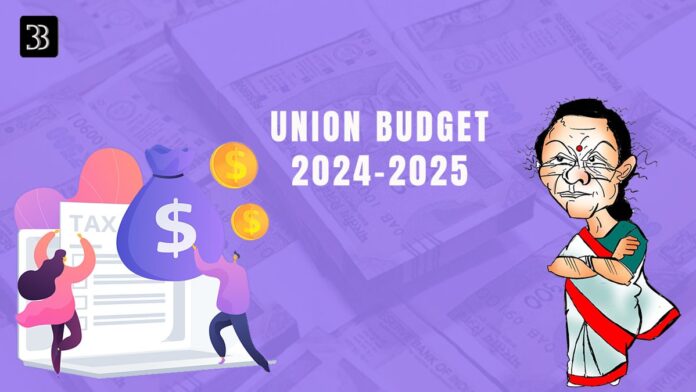Interim Union Budget 2024: On Thursday, February 1, at 11 a.m., Nirmala Sitharaman will deliver the final budget of the Narendra Modi administration’s second term. Ahead of the Lok Sabha elections on Thursday, Finance Minister Nirmala Sitharaman will deliver the final or interim budget. Plans are anticipated to be fiscally responsible, with a focus on spending on infrastructure but heavy on political messaging. The 10-year economics of Modi government 2.0 are anticipated to be highlighted by Nirmala Sitharaman, who is expected to refrain from announcing costly plans to reduce the fiscal deficit.
The interim budget 2024, which outlines Prime Minister Modi’s vision for the economy over the next five years, could act as the BJP’s economic manifesto. In the Lok Sabha elections, which are anticipated to take place by May, he hopes to win a third term. However, only a few weeks before the Model Code of Conduct takes effect prior to the general elections, the interim budget offers a spectacle.
The Center’s current target of 5.9% of GDP, which economists expect it to meet, will likely be reduced by at least 50 basis points in 2004–2025.
Boost infrastructure capital expenditures.
The Modi administration is probably going to spend more on infrastructure, or capital projects, which have been essential to driving India’s economic growth. It will allocate more than 3% of GDP to infrastructure this year, with an additional 20% increase anticipated for 2024–2025.
The status of the economy
In a review report, the ministry of finance predicted that the Indian economy would grow by nearly 7% in the fiscal year 2024–25, which begins in April. Over the last few years, the economy has grown at a rate of more than 7%, thanks to the strength of domestic demand. In the next three years, India’s GDP is predicted to reach USD 5 trillion. India therefore aims to have an economy worth USD 7 trillion by 2030.
Income-tax
Experts anticipated greater income tax exemption limits, assistance for female entrepreneurs, a long-term tax policy, and measures to promote savings and consumption from the interim budget. They also want limited liability partnerships, corporations, and partnerships to pay the same taxes.
Even though this is only a temporary budget, there might be some signs of benefits from the full budget. Section 87A may provide some relief to individual taxpayers, raising the overall tax exemption limit from the current Rs 7 lakh to Rs 8 lakh, inclusive of rebates, according to the national president of the All India Federation of Tax Practitioners, Narayan Jain. In order to provide small and medium-sized businesses with an even playing field, Bharat Chamber of Commerce President NG Khaitan stated that a long-term tax policy and parties in taxation among corporations, partnerships, and limited liability partnerships are necessary.
According to senior economist Radhika Rao of DBS Group Research, the budget will prioritize the promotion of inclusive and prosperous policies within the framework of the roadmap’s gradual advancement toward India@100 over the course of the next twenty-plus years.
The government typically presents the interim budget or vote-on-account during an election year. While the interim budget includes revised estimates for the current financial year and the upcoming one, it also includes an assessment of the current state of the economy, current and capital expenditures and receipts, and a vote on an account that seeks approvals for essential expenditures until the polls.

